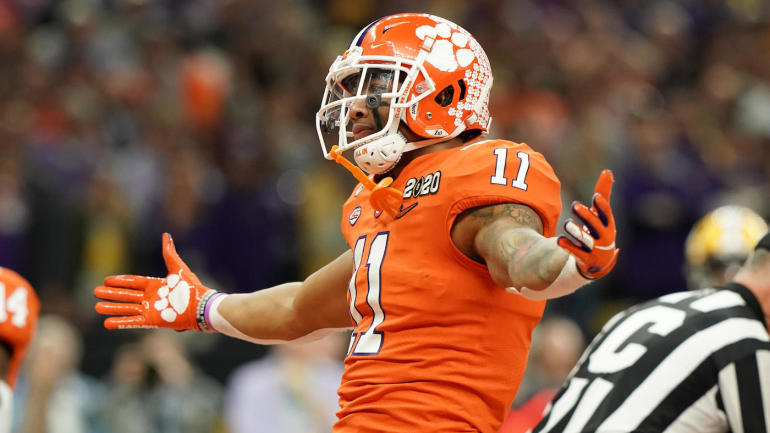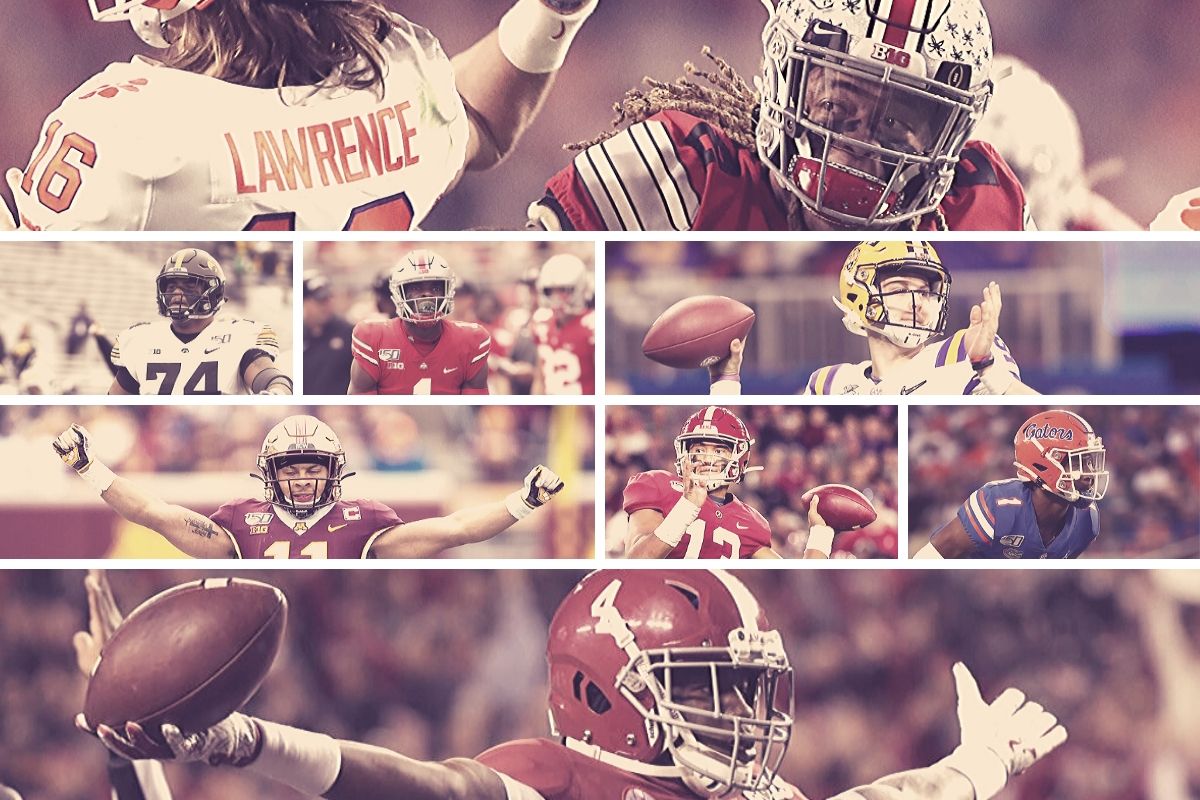#21: Ashtyn Davis, S (California); 6-1, 202 lbs
Ashtyn Davis’ value will vary significantly between schemes – but in the right defense he should be a valuable starter. He has the speed to cover a significant area in zone, and while his reading of the game isn’t in the very top tier, he is still good in this regard, and with good ball skills he looks to be a good zone defender on the back end, and also shows the ability to be a good tackle run support from deep. He wasn’t asked to play in and around the line of scrimmage much, and his ability in man coverage is very much an unknown, but for a team looking for a coverage safety then he should be towards the top of the list.
#22: Tyler Biadasz, C (Wisconsin); 6-4, 314 lbs
Tyler Biadasz isn’t the kind of athlete that jumps off the screen – but he shows good power, foot speed and balance – and he is technically developed to the point where he should be able to step in and be an immediate quality starter. He shows good hand placement and arm extension, allowing him to control blocks in the run game and to more than hold his own in pass protection, though he could stand to improve his knee bend at times to improve his power and to make it easier for him to control his blocks against changes of direction.
#23: Isaiah Simmons, LB (Clemson); 6-4, 238 lbs

Photo Credit: John David Mercer/USA TODAY Sports
Simmons’ ceiling is incredibly high – he has the speed and movement skills to play man-to-man in the slot against all but the best receivers, has the range to play the deep middle as a zone defender, and the size to play in the box as a linebacker. However, in all three regards, he needs quite a significant amount of development, as his footwork in man, his instincts in zone and his ability to work off blocks in the box all leave something to be desired. Simmons could be one of the best defenders in the NFL, but right now he is a better athlete than anything else.
#24: Patrick Queen, LB (LSU); 6-0, 229 lbs
Patrick Queen didn’t play a huge amount at LSU – which is a real shame, because if he had, he might be polished enough to be higher up the board. But what he did show in limited game time is the movement skills to cover man-to-man against almost all tight ends and running backs, with the range in zone to create a lot of interesting options for the defense. However, his ball skills are a little concerning, and while his run defense isn’t awful, he needs to be much better working off blocks in the box for him to reach his ceiling.
#25: Lloyd Cushenberry, C (LSU); 6-3, 312 lbs
Cushenberry has probably the best knee bend of any offensive lineman I can remember; in fact, it is so good that it makes it difficult for him to keep his back straight. If he can take a slight hit in knee bend in order to allow him to play more upright, this in combination with his good foot speed and balance, as well as pretty good strength and hand usage gives him a chance to be one of the better centers in the NFL with time. He should be able to step into a starting role from day one.
#26: D’Andre Swift, RB (Georgia); 5-8, 212 lbs
D’Andre Swift isn’t going to break a ton of tackles and he’s going to need to be much better in pass protection if a team insists on using him that way, but he is otherwise a well-rounded running back who shows good vision to go with pretty good burst and enough elusiveness and contact balance to add yardage to what is blocked for him on a consistent basis. While he isn’t in the CMC level of route runners, he also shows the ability to create separation underneath and has good hands.



